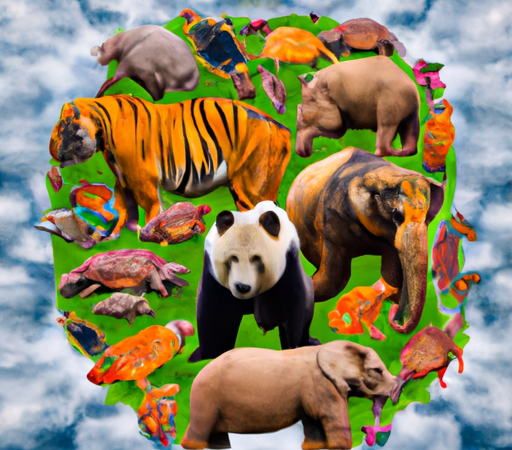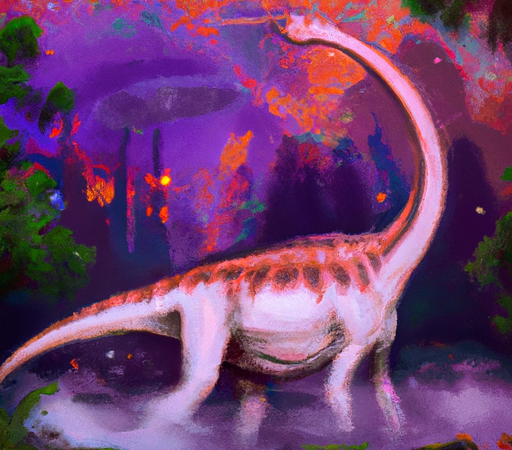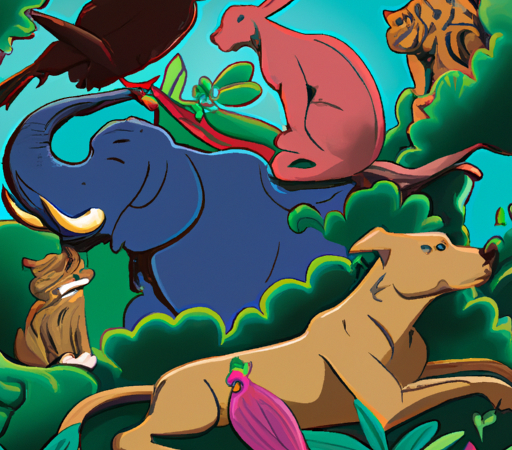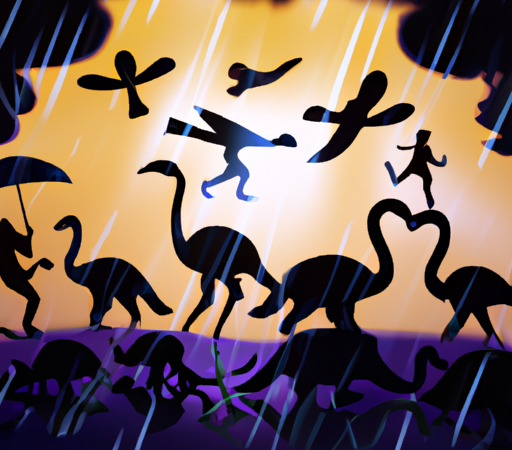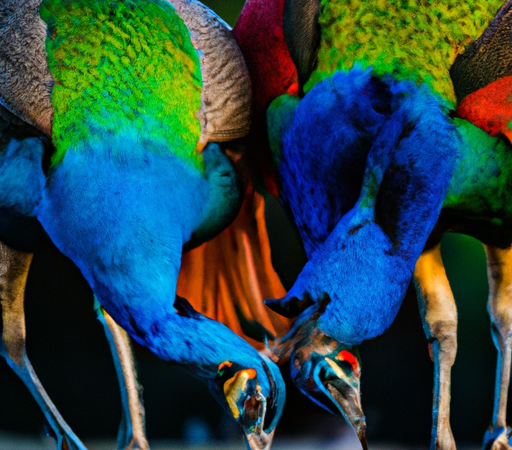Survival Strategies: How Animals Evolve to Outsmart Predators and Prey
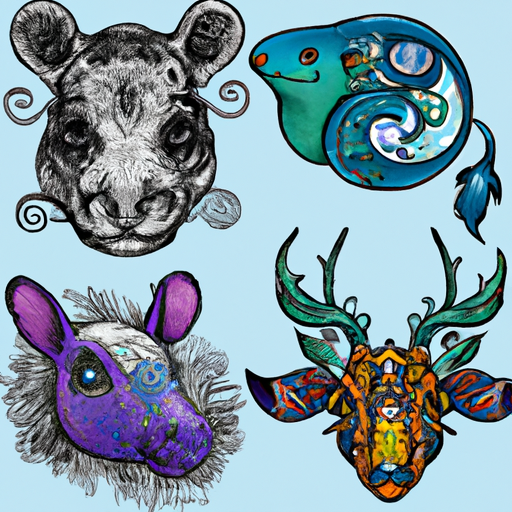
Survival Strategies: How Animals Evolve to Outsmart Predators and Prey
In the intricate world of nature, where the predator-prey relationship is a constant battle for survival, animals have developed remarkable strategies to outsmart both their predators and their prey. Through the process of evolution, species have undergone fascinating adaptations that allow them to thrive in their specific environments. These adaptations often involve intricate changes in their physical attributes, behaviors, or even their way of thinking. Let's explore some of the unique ways animals have evolved to outsmart those who would harm them.
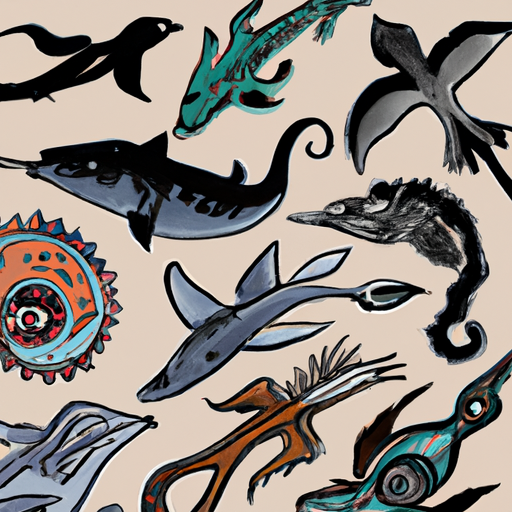
One of the most effective survival strategies employed by animals is camouflage. Countless species have developed exceptional abilities to blend into their surroundings, remaining almost invisible to both predators and prey. Take the chameleon, for example. Its body is perfectly adapted to change color, allowing it to match the hues of the environment for effective camouflage. Similarly, the stick insect resembles a twig or branch so convincingly that it becomes almost indistinguishable from its surroundings. Whether it is blending into a lush green forest or a sandy desert, camouflage significantly increases an animal's chances of survival.
Another survival tactic utilized by animals is mimicry. Some species have evolved to imitate the characteristics of other, more harmful animals as a means of protection. The Viceroy butterfly, for instance, has evolved to look remarkably similar to the poisonous Monarch butterfly. Predators that have previously been repelled by the toxicity of Monarchs tend to avoid Viceroy butterflies, assuming they are just as dangerous. By deceiving predators into believing they are harmful, these mimics can survive without having to bear the costly defense mechanisms possessed by their models.
Animals have also developed remarkable defense mechanisms to ward off potential predators. Some have evolved venomous fangs or stingers to inflict harm, while others have developed toughened hides or shells to withstand attacks. The porcupine is an excellent example of an animal that has evolved an effective defense strategy. With its quills that can easily detach and remain lodged in a predator's flesh, the porcupine can deter and injure potential attackers. Similarly, the bombardier beetle has evolved the ability to produce a toxic chemical spray when threatened, discouraging predators from attacking.
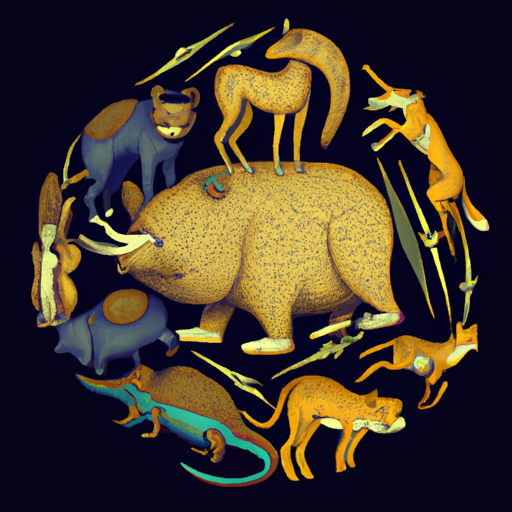
On the other side of the food chain, prey animals have their own set of unique strategies to outsmart predators. For instance, herd animals, such as wildebeest or zebras, often gather in large groups, creating a confusing mass for predators to navigate. This strategy increases the odds of survival for individuals within the group. Prey animals also rely on their acute senses to sense danger. Many have highly sensitive ears or eyes, allowing them to detect the presence of predators from a considerable distance. By remaining aware of their surroundings, they can take prompt action to escape danger.
The phenomenon known as coevolution further highlights the intricate relationship between predators and prey. When predators become more adept at hunting, prey animals in turn develop new ways to avoid capture. This evolutionary arms race can lead to astonishing adaptations on both sides. For example, as predators develop stronger jaws, prey animals may evolve increased agility and speed. This continuous back-and-forth ultimately shapes the biodiversity we see in the natural world today.
In conclusion, the survival strategies employed by animals to outsmart predators and prey are both fascinating and diverse. From disguising themselves through camouflage or mimicry, to developing powerful defense mechanisms or gathering in groups, animals have adapted in extraordinary ways to ensure their survival. This constant evolutionary dance between predator and prey continues to shape the natural world, reminding us of the remarkable abilities and ingenuity of the animal kingdom.

